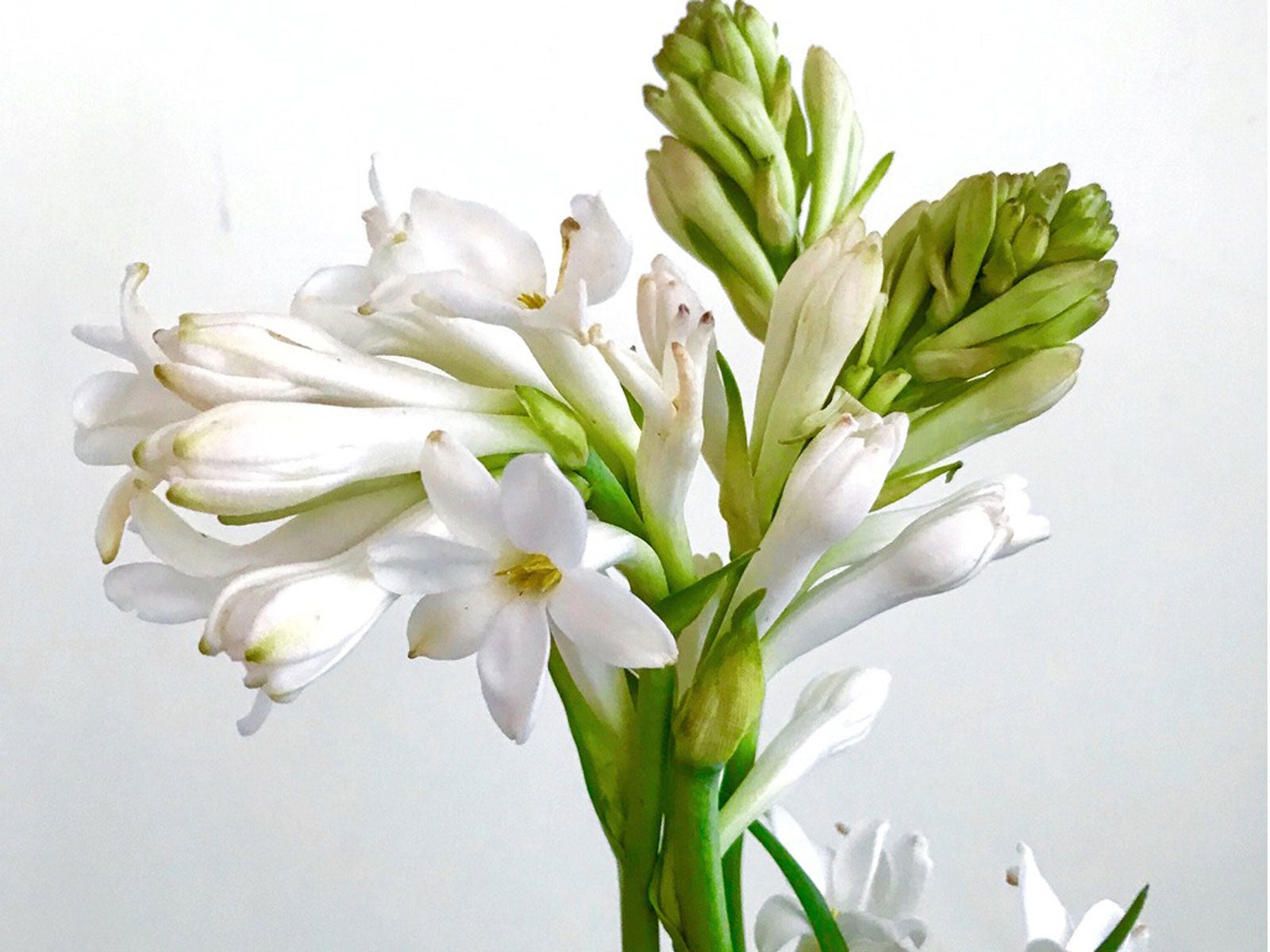Indoor Tuberose Care: Can You Grow Tuberose As A Houseplant


Tuberose is a spectacular plant native to tropical and subtropical climates. If you live in a cooler climate or simply like the idea of growing tuberose as a houseplant, you’re in luck. As long as you can provide the plant’s basic needs, there’s no reason you can’t enjoy potted tuberoses inside. Read on and learn how to grow tuberose as a houseplant.
How to Grow Tuberose Indoors
Fill a container halfway with good quality, well-drained potting soil. The container should be at least 6 inches (15 cm.) across and must have a drainage hole in the bottom. Water the potting soil well and set it aside to drain until it feels moist, but not saturated. Set the tuberose bulb on the potting soil, then add and adjust potting soil until the top of the bulb is about 3 or 4 inches (8-10 cm.) beneath the surface.
Although you can place the pot near the brightest window in your house, indoor light often isn’t bright enough to maintain a healthy, blooming plant. Indoor tuberose is likely to perform better under a grow light or a standard, two-bulb fixture with one cool white bulb tube and one warm white tube. Potted tuberoses inside need about 16 hours of light per day.
Indoor tuberose prefers a warm room where temperatures are maintained between 65 and 85 degrees F. (18-29 C.). Water the tuberose whenever the top ½ inch (1 cm.) of potting soil feels dry to the touch.
Caring for Indoor Tuberose
Continued care will include humidity. Make a humidity tray to increase moisture around the tuberose if the air in your home is dry, especially during the winter. Place at least an inch (2.5 cm.) of wet pebbles on a tray or saucer, then set the pot on top of the pebbles. Add water as needed to keep the pebbles wet but keep the water beneath the top of the pebbles so moisture doesn’t wick up through the drainage hole.
Fertilize the tuberose every three or four weeks when the plant is actively growing during spring and summer, using a weak solution of a water-soluble fertilizer.
Remove the plant from the container when blooming stops and the foliage yellows in late summer or fall.
Sign up for the Gardening Know How newsletter today and receive a free copy of our e-book "How to Grow Delicious Tomatoes".
Snap off the smaller bulb offsets, or tuberous growths. Throw out the largest. Set the smaller tubers aside to dry for a few days, then place them in a box or bag filled with peat moss. Store the bulbs in a cool, dry place and replant them in spring.
You can also try leaving indoor tuberose bulbs in the pot at the end of the season. Turn off the grow light and set the pot aside until new growth appears in spring.

A Credentialed Garden Writer, Mary H. Dyer was with Gardening Know How in the very beginning, publishing articles as early as 2007.